Leonardo DiCaprio’s new HBO documentary explains climate science and solutions
In one of the first scenes of Ice on Fire, a new climate documentary produced and narrated by Leonardo DiCaprio, a scientist drives a snowmobile to a tiny cabin on a ridge in the Rocky Mountains and turns on a pump that sucks outdoor air into a glass flask so it can be taken to a lab to measure how much CO2 is in the atmosphere. In another scene, it shows bubbles of methane–a greenhouse gas far more potent than carbon dioxide–escaping from an Arctic lake as the permafrost melts. The film, which travels around the world, wanted to show how climate science happens, and explain the basics of the problem of climate change through the people studying it. It also dives into solutions.
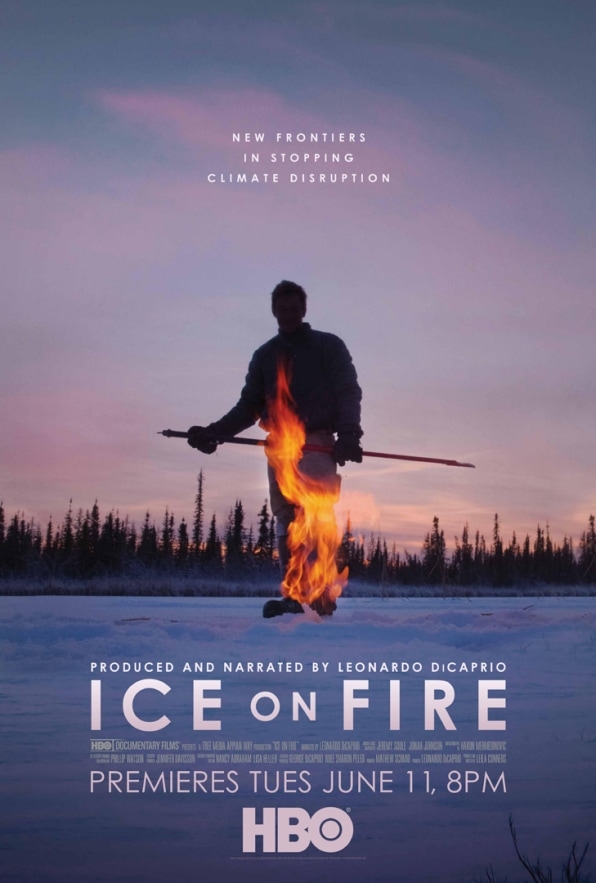
“Science has long proven that we have existing technologies that work and they are already being implemented,” DiCaprio says in the film, which premieres tonight on HBO. “It’s become a matter of political will and scale.” With beautifully shot imagery, the film visits groups like the Redwood Forest Foundation in California, where dead trees are turned into biochar, a form of charcoal that can help capture carbon in soil on farms, and Climeworks, a startup working on direct air capture technology that uses fans to suck CO2 out of the air. In Connecticut, it shows a farm off the coast growing kelp, which can be fed to cows to lower the methane emissions from their burps. In Scotland, it shows a massive floating machine that can generate electricity from ocean waves.
DiCaprio has established himself as an important environmental activist in recent years, starting a foundation that gave away $15 million to environmental causes in 2016, and put out a bold plan for flighting climate change this year. The documentary is his latest effort to shift the narrative on climate change.
The film has two simple messages, says director Leila Conners. “One, we have a problem. Two, we can fix it. I think, unlike other problems that are hard to really meet, it’s actually not that hard to fix conceptually. It’s really about pulling carbon out of the sky and putting it in the ground again. We can do that; we know how. We also can power civilization on sun, wind, and batteries . . . The problem, as you know, is that there’s an industry that has invested trillions of dollars in its infrastructure, and it doesn’t want to walk away from that investment or the potential profits. The question is, how do we get away from that?” The film lays out the science of why it’s so important for humanity that we make the transition, and why it’s necessary that it happens now. “We are the first generation to see the advance of climate disruption, and the last with a chance to fix it,” DiCaprio says in the film.
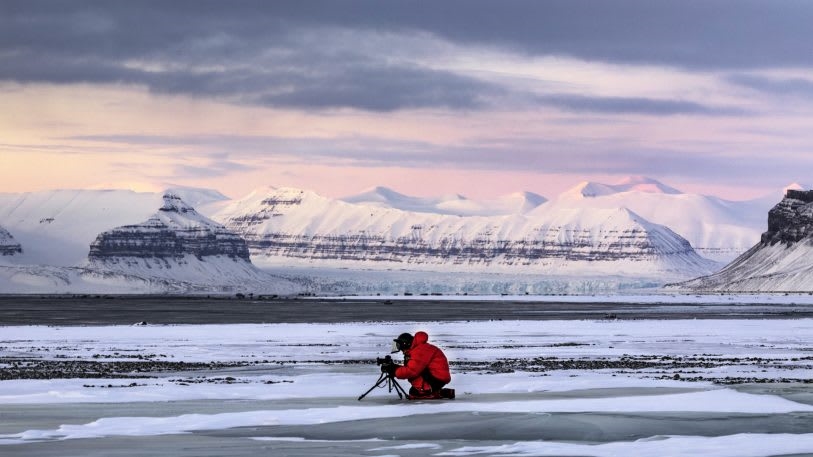
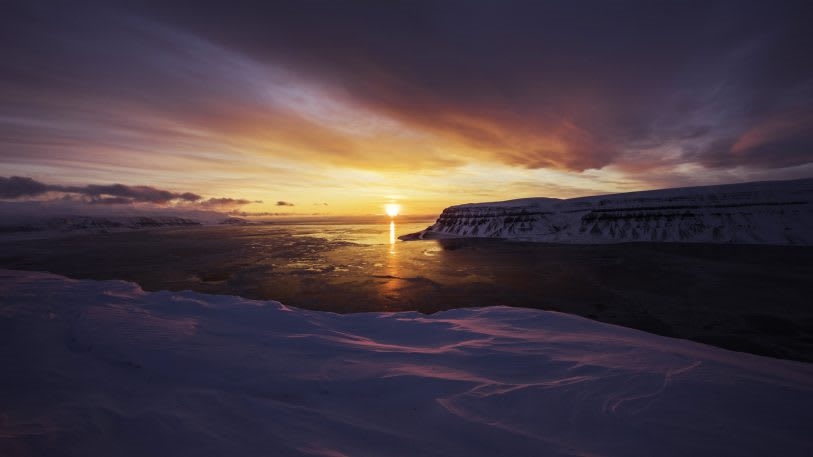
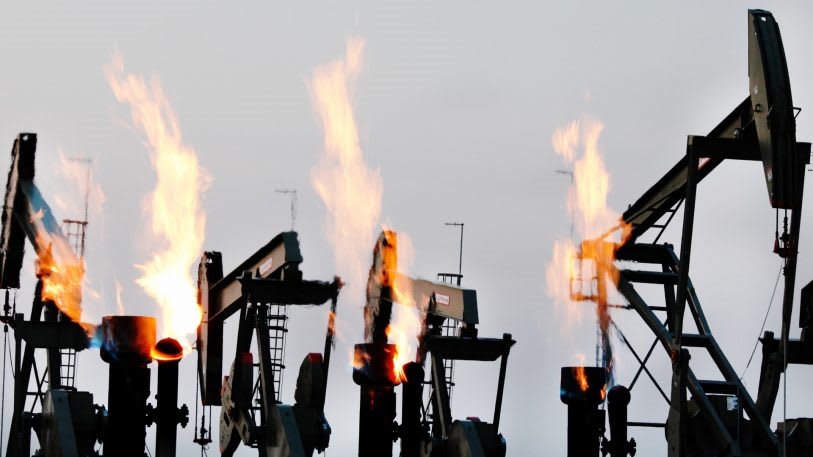
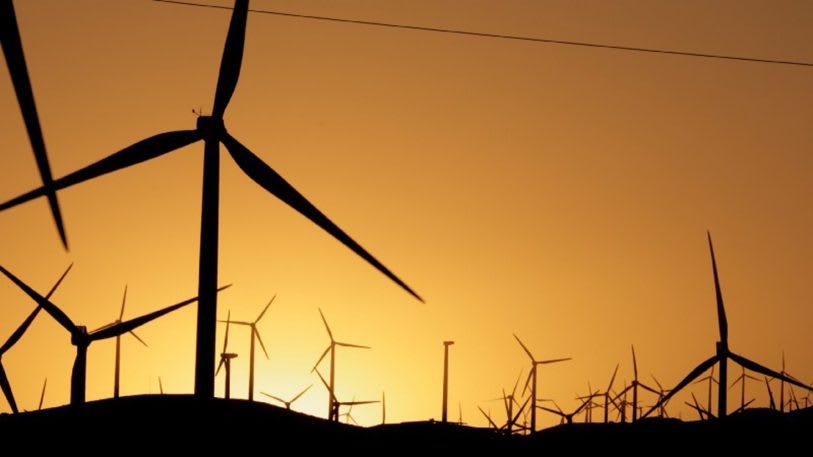

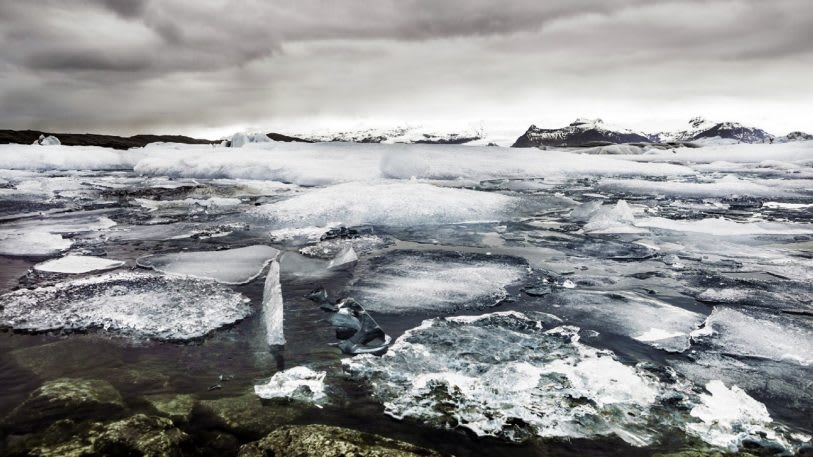
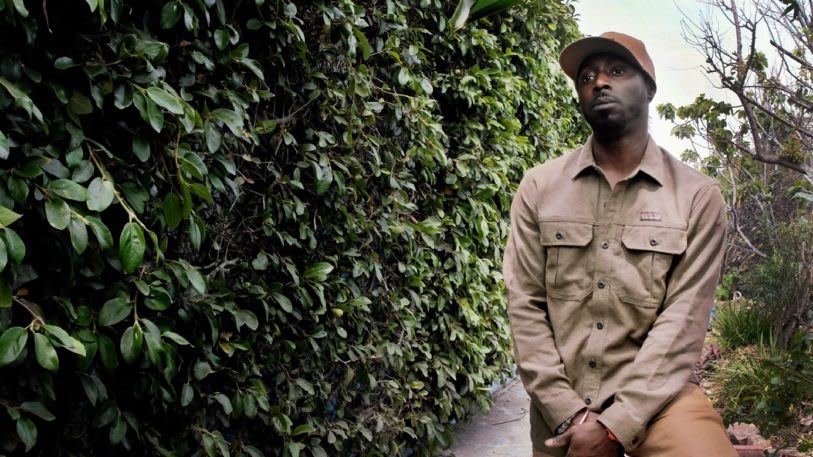
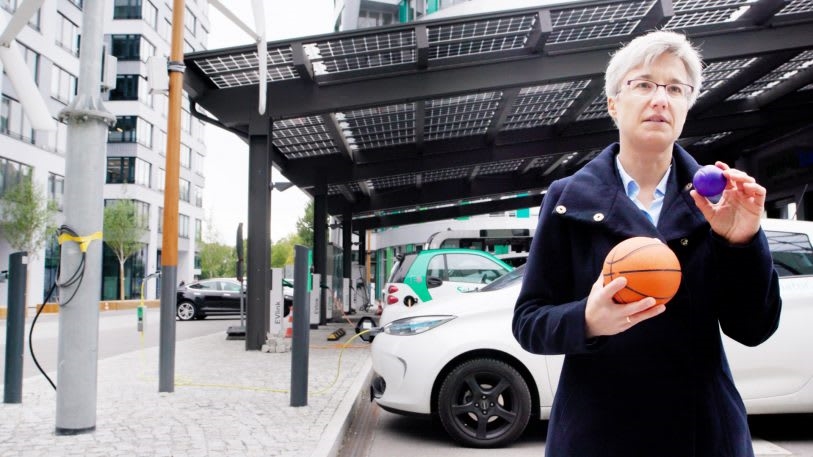

Fast Company , Read Full Story
(37)


